What protects circuits from overload?
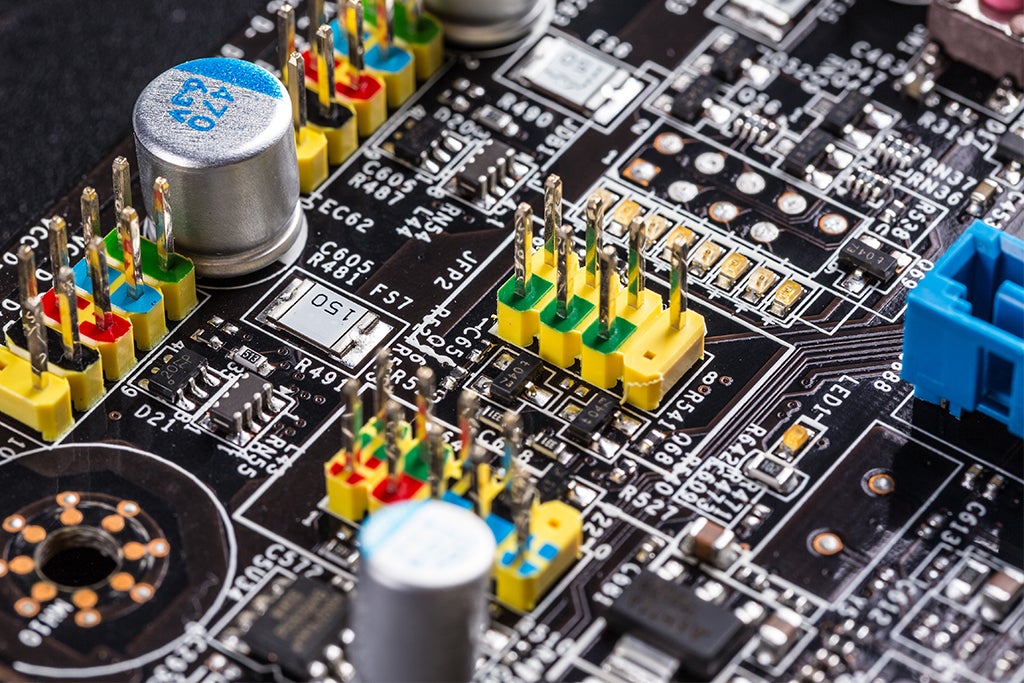
Electricity plays an important role in our everyday lives. Hence it is crucial to know the intricacies of your household wiring system to be able to fathom the workings of the electric supply line and understand how the appliances in your home are getting powered. This will also provide you with vital information on what can cause electrical accidents around the household and how to take necessary measures to prevent them.
What Can Cause Damage to a Circuit?
Electrical circuits can be of different types depending on their usage, as well as conductivity and tolerance. Circuits used in the household are usually designed to be able to withstand a particular amount of electrical flow. The problem arises when an electrical flow higher than the tolerance limit passes through the circuit. It can lead to overheating, which is known as a short circuit and is not only extremely damaging for any electronic product, but the high temperature may cause sudden explosions leading to fire. In order to prevent such mishaps, installing a circuit protection device is very important.
Another phenomenon that can cause severe damage to an electrical appliance is overloading. It is a condition when multiple high functioning electrical products are connected to one power source and are switched on at the same time. While the power remains less than in a short circuit, a surge in the temperature of the circuit occurs. There is again a huge risk of fire explosions and damage to any connected electrical equipment.
How Can You Protect a Circuit from Overload?
It is necessary to protect a circuit if you want to keep yourself and the people around you safe from electrical hazards. In addition, you must also keep the well-being of your electronics in mind and take necessary precautions to avoid any electrical damage. The only way of circuit protection is to install circuit protection devices that can automatically detect any electrical anomalies and disconnect the supply of power when there is any hint of accidents or damage. Some circuit protection devices are:
-
Fuse
A fuse is extremely efficient in preventing electrical accidents. It consists of a very thin wire made of metal, which forms an intermediary connection between the main supply of power and the circuit of an electronic product. The melting point of the wire in the fuse is close to the maximum temperature that the appliance can handle. If this value is surpassed, quite naturally, the wire in the fuse melts, disrupting the power supply.
-
Miniature Circuit Breaker (MCB)
When the metal wire melts in a fuse, it needs to be immediately replaced to prevent any issues in the future. But an MCB can be reused without having to replace it. It is exactly as its name implies. When the measured power of the current is unnaturally high, a metal strip inside the MCB bends to break the circuit. Thus, it acts as a switch and functions according to the temperature or magnetic field created in a circuit.
-
Residual Current Breaker (RCB) with Overcurrent
While fuses and MCBs are concerned with working efficiently in the face of overloading, short circuits often evade them. But an RCB with overcurrent is adept at making sure that both the conditions of short circuit and overloading are dealt with. It promptly acts as a switch that turns itself off to break the circuit and avert any accident.
Circuit Protection Devices from Schneider Electric
Circuit overload protection devices are an absolute necessity for every electronic product that consumes huge power to function. Check out the devices from Schneider Electric which are extremely efficient in making sure that your electronic devices remain free from damage and run smoothly for a long period of time.
Easy9 MCB 1P 25A C 10000A 240V
The Easy9 MCB from Schneider Electric is one of the most popular MCB models used across the nation. The Easy9 MCB has been manufactured keeping in mind its convenience and compatibility with most devices, so it comes in a smaller, compact design. This thermal-magnetic MCB is extremely budget-friendly and is a popular choice among customers for its longevity and unparalleled performance.
GV5P220H 3P 70kA Motor Circuit Breaker
This model of a circuit protection device is also very efficient in making sure that your circuits remain protected from short circuits and overloading. Weighing very less, it can be stored under an optimum temperature of 60°C. The streamlined, compact design of the GV5P220H 3P 70kA Motor Circuit Breaker makes it easy to be installed and maintained.
What is an Overloaded Circuit?
An overloaded circuit occurs when the electrical load connected to a circuit exceeds its maximum capacity. This can lead to various issues, including overheating, circuit breaker tripping, and potential fire hazards. Understanding what causes an overloaded circuit is crucial for maintaining a safe and efficient electrical system. Here's a closer look at overloaded circuits:
- Electrical Load: Every electrical circuit has a maximum load capacity, which is determined by factors such as the wire gauge, circuit breaker rating, and the capacity of connected devices. The load refers to the total power consumption of all devices and appliances connected to the circuit. When the load exceeds the circuit's capacity, it becomes overloaded.
- Causes of Overload: Overloading can occur due to several reasons, including:
- Connecting too many devices or appliances to a single circuit.
- Running high-power devices simultaneously on a single circuit.
- Using extension cords or power strips to connect multiple devices to a circuit that is not designed to handle the load.
- Faulty or damaged electrical equipment that draws excessive current.
- Aging or deteriorating wiring that cannot handle the load.
- Signs of an Overloaded Circuit: Several indicators may suggest an overloaded circuit, including:
- Frequent tripping of circuit breakers.
- Flickering or dimming lights when appliances are turned on.
- Discolored or warm electrical outlets.
- Burning smell or unusual heat coming from electrical outlets or switches.
- Malfunctioning or damaged electrical devices.
- Risks and Hazards: Overloaded circuits pose several risks:
- Fire Hazard: Overloading can generate excessive heat, which can melt the insulation and ignite nearby combustible materials, leading to electrical fires.
- Electrical Damage: Continuous overloading can damage electrical equipment, reducing its lifespan and requiring costly repairs or replacements.
- Electrical Shock: Overloaded circuits can cause short circuits and faulty grounding, increasing the risk of electrical shocks to occupants.
- Preventing Overloaded Circuits: To prevent overloaded circuits, follow these guidelines:
- Distribute the load across multiple circuits by using separate circuits for high-power appliances.
- Avoid using extension cords or power strips as permanent solutions for excessive device connections.
- Periodically inspect and maintain electrical equipment to identify any potential issues.
- Consider upgrading your electrical system or adding additional circuits if your power needs have increased.
If you suspect an overloaded circuit in your home, it is crucial to address the issue promptly. Contact a qualified electrician to assess your electrical system, make any necessary repairs or upgrades, and ensure the safety and efficiency of your electrical infrastructure.
Read More: All About WiFi Controlled Relay Board
How Circuits Work in Your Home
Circuits play a crucial role in powering electrical devices and systems in our homes. They provide a path for the flow of electricity, allowing us to use various appliances and lighting fixtures. Understanding how circuits work can help us ensure safety, troubleshoot issues, and even undertake basic electrical repairs or installations.
In a typical residential setting, circuits start from the electrical service panel or breaker box, which is usually located in the basement or utility room. The panel receives electrical power from the utility company and distributes it to different areas of the house. Inside the panel, there are circuit breakers or fuses that act as protective devices.
Each circuit is dedicated to a specific area or set of outlets and is protected by a circuit breaker. These breakers are designed to trip and cut off the electrical flow in case of an overload or short circuit, preventing potential damage or hazards.
The circuit wiring consists of three main components: the hot wire, the neutral wire, and the ground wire. The hot wire carries the electrical current from the panel to the devices, while the neutral wire provides a return path for the current back to the panel. The ground wire serves as a safety measure, providing a path for excess electrical energy to be safely discharged in case of a fault.
At the endpoint of a circuit, such as an outlet or a light fixture, the hot wire connects to the brass or gold-colored screw terminal, the neutral wire connects to the silver-colored terminal, and the ground wire connects to the green or bare copper terminal.
When you plug in a device or turn on a switch, you complete the circuit, allowing the electricity to flow. The current travels from the panel through the hot wire powers the device and returns through the neutral wire. This flow of electricity powers your appliances lights up your rooms, and enables various electrical functions in your home.
It is important to note that working with electrical circuits can be dangerous, and it is recommended to seek professional help for complex installations or repairs. Understanding the basics of circuits can assist you in identifying issues, such as tripped breakers or faulty outlets, and taking appropriate action to maintain the safety and functionality of your home's electrical system.
How to Prevent Overloaded Circuits
Preventing overloaded circuits is essential to ensure the safety and efficiency of your home's electrical system. Here are some important measures you can take:
Understand the circuit's capacity
- Know the amp rating of the circuit breaker or fuse that protects the circuit.
- Avoid exceeding the maximum amperage for the circuit.
- If you're unsure, consult an electrician to determine the appropriate load for each circuit.
Distribute the electrical load evenly
- Avoid plugging multiple high-wattage appliances into the same circuit.
- Spread out the usage of power-hungry devices across different circuits.
Use power strips and surge protectors
- Utilize power strips with built-in circuit breakers to prevent overloading outlets.
- Use surge protectors to safeguard sensitive electronics from power surges.
Avoid daisy-chaining extension cords
- Plugging multiple extension cords or power strips together can overload a circuit.
- Use extension cords only as temporary solutions and consider installing additional outlets if needed.
Be mindful of high-power devices
- Appliances like air conditioners, heaters, and refrigerators can draw significant power.
- Dedicate separate circuits for these devices, if possible, to prevent overloads.
Spread out lighting fixtures
- Avoid connecting multiple high-wattage light fixtures to a single circuit.
- Distribute lighting across different circuits or install lower-wattage bulbs.
Educate household members
- Inform your family members about the importance of not overloading circuits.
- Encourage them to use electrical devices responsibly and avoid plugging in too many devices at once.
Regularly inspect electrical system
- Check for signs of overheating, such as discolored outlets or burning smells.
- Ensure all wiring is in good condition and not frayed or damaged.
- If you notice any issues, promptly contact a qualified electrician for inspection and repairs.
By following these preventive measures, you can minimize the risk of overloaded circuits, which can lead to electrical fires, damage to appliances, and potential hazards in your home. It's crucial to prioritize electrical safety and consult professionals for any electrical installations or modifications to ensure compliance with local electrical codes.
Protect your valuable electrical appliances from overload
Schneider Electric is solely concerned with providing the best electrical devices for your homes while also making sure of the safety and security of you and your family. Their electronic products are not only reliable but are also extremely durable and efficient in operations. Furthermore, you can browse the online Schneider Electric store for all your electrical requirements and solutions. The online Schneider Electric store offers a wide variety of electrical products and components for you to choose from and purchase from the comfort of your home.

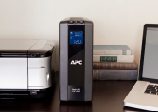
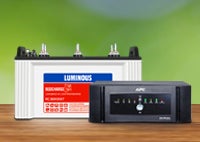

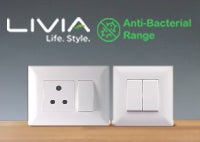
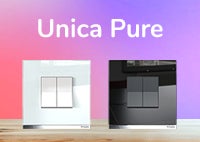

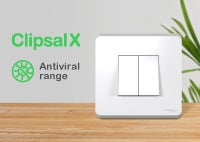
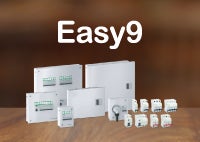
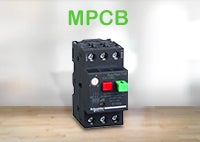
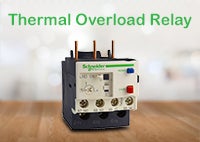
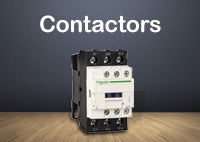
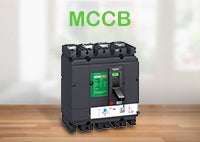
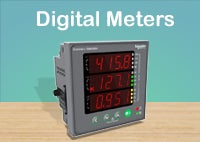
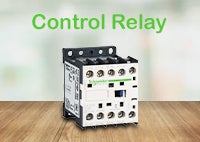
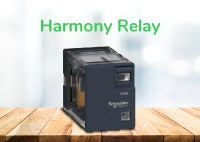

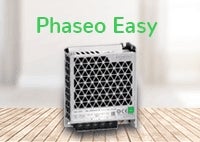

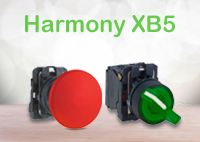
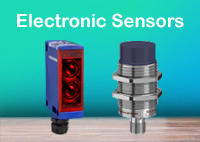
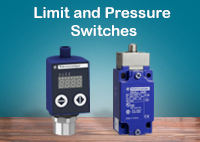
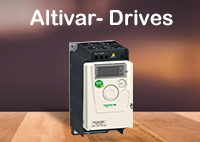

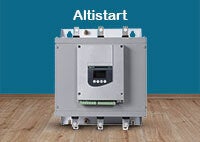

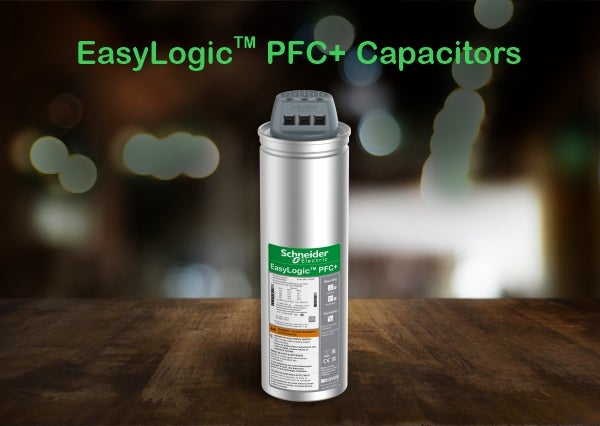
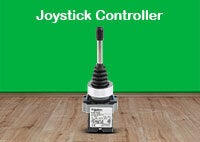
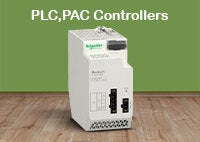
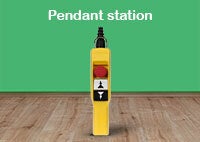




Comments